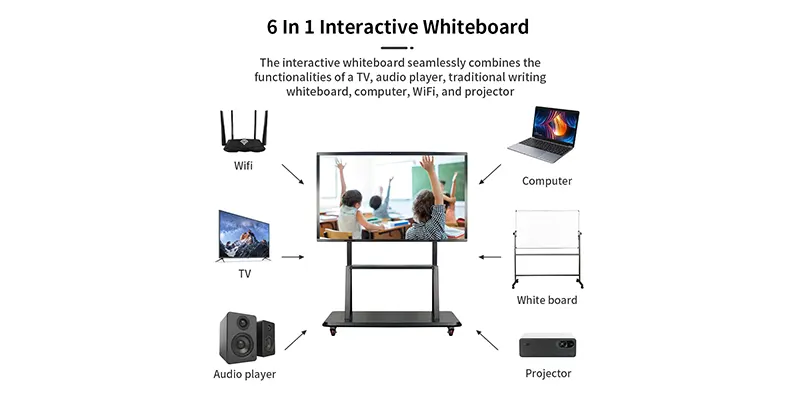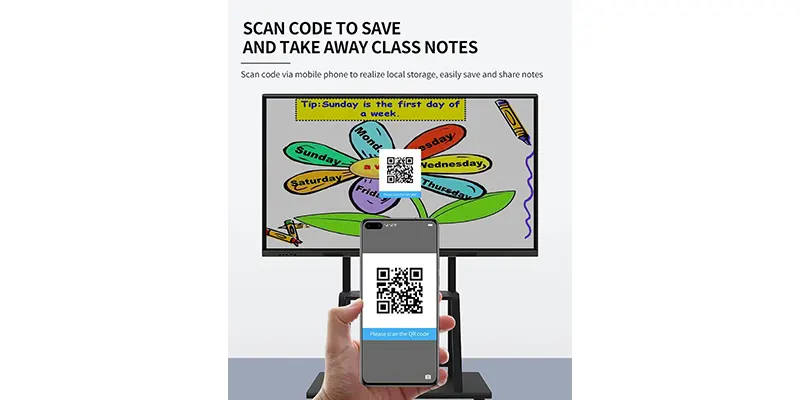Why Smart Classrooms Have Become an Inevitable Trend?2
4. Promoting Equity and Sharing of Educational Resources
Smart classrooms also play a vital role in promoting educational equality. In the past, top-quality teaching resources were concentrated in urban schools or elite institutions, leaving rural and underdeveloped areas at a disadvantage. Smart Classroom systems, powered by cloud platforms, enable the sharing of resources across regions. Teachers can livestream lessons, and students in different locations can attend simultaneously, interact with the instructor, and access the same learning materials. Initiatives such as “cloud classrooms” and “synchronized online lessons” help bridge the education gap, ensuring that every student—regardless of location—can benefit from quality teaching.
5. Data-Driven Teaching and Decision-Making
Another major advantage of Smart Classrooms is data-driven education management. Every interaction—student attendance, quiz results, participation frequency, and even facial expressions—can be collected and analyzed. These insights allow teachers to better understand each student’s strengths and weaknesses, while administrators can use aggregated data to evaluate overall teaching performance, curriculum design, and learning outcomes. Decisions based on data, rather than intuition or experience alone, make education more scientific, efficient, and measurable.
6. The Future of Smart Education
Smart Classrooms are not just a technological upgrade—they represent a shift in educational philosophy. They move from “teacher-centered” to “student-centered,” and from “knowledge transmission” to “competency development.” As AI, virtual reality (VR), and augmented reality (AR) continue to advance, the future of Smart Classrooms will be even more immersive and adaptive. Imagine students conducting virtual science experiments, exploring historical sites through VR, or learning languages via AI-driven conversational agents. These innovations will make learning more interactive, engaging, and practical, preparing students for the challenges of a rapidly changing world.

Conclusion
In conclusion, the emergence of smart classrooms is an inevitable result of technological progress and educational modernization. By integrating AI, data analytics, and interactive tools, smart classrooms enhance teaching efficiency, promote personalized learning, improve interactivity, and foster educational equality. They also empower teachers with valuable insights and transform students into active participants in their own learning journey. As education continues to evolve toward intelligence and digitalization, the smart classroom will stand at the heart of this transformation—reshaping the way knowledge is delivered, acquired, and shared in the 21st century.

